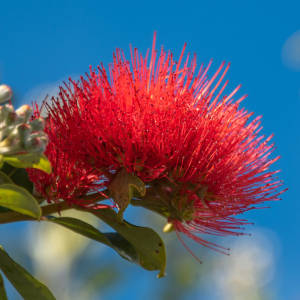A Lovely Colourful Poly from my Garden
I planted a number of polyanthus a while back and wasn't sure what colour they were going to be and they are just starting to flower. This one I think is rather pretty with its doubled petals and white edging.
Today started off very grey and cold, but as the afternoon developed the sun came out and showed its sunny face to warm us up and to dry my washing!
Did you know
One variety of polyanthus which particularly attracts bees and butterflies is the Polyanthus Gold Lace, a historical gem which dates back to the 1780s. It is instantly recognisable from its golden-eyed flower with black petals. Over the centuries it has gone in and out of favour, but its unusual flower patterns are currently high in popularity as they were in the Victorian period. Mulch in the autumn and spring to avoid the soil drying out – dry roots should be avoided.
In old England, farmhands and cottage gardeners often collected pretty flora and fauna from the wild to be planted out in their gardens. And the wild yellow primrose of England's mossy woodlands was no exception. The plants were so loved by the cottage gardeners, they took to breeding them, creating numerous varieties. By the 16th century, primroses were being produced with double flowers, thanks to the breeding done by those lowly cottagers.
As trade with other countries grew, so did the movement of plants. And some time in those early days, a pink primrose appeared from the faraway land of Turkey. It was known to early gardeners as "Turkie Purple." Until then, primroses were only bred in cream and yellow shades.
With the pink primula, breeders began to toy with crossing the plant with the cowslip and the result of this cross was the polyanthus. The polyanthus is available today world wide, and in numerous vivid colors and flowering types. It's a cheery plant that will add a bright spot to a dark corner of the garden.
For more information and the polyanthus
- 12
- 1
- Canon PowerShot SX230 HS
- 1/100
- f/4.0
- 5mm
- 100

Comments
Sign in or get an account to comment.


